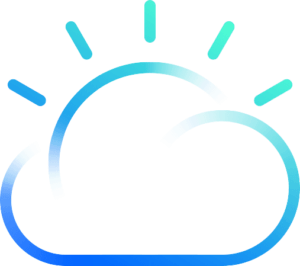The foundation of image tagging with machine learning lies in its ability to automatically assign relevant tags to images based on their content. This process isn’t just about labeling. It’s a sophisticated orchestration of algorithms that discern objects, scenes, and concepts within images, streamlining categorization and accessibility. In terms of value, efficiency and precision reign supreme in the world of image tagging. Machine learning-driven APIs offer a quantum leap in automating the otherwise time-consuming and error-prone task of tagging. The dynamic algorithms adapt to diverse visual content, ensuring consistent and accurate tags across the board.
In the fast-paced world of digital content, managing and organising vast collections of images has become a critical task. Enter image labelling APIs, the technological marvels that promise to revolutionise visual content management. This article delves into the realm of both free and paid options, uncovering the gems that empower effortless image tagging with the prowess of machine learning.
Image Tagging Content API
The Image Tagging Content API created by Zyla Labs isn’t a typical tagging system; it’s an engineering marvel that uses cutting-edge image recognition algorithms to recognise objects, concepts, and even emotions in your photos. With the help of this API, you can properly and automatically tag your photographs with a variety of tags. This API is your hidden weapon, whether you’re planning a social media campaign, maintaining a sizable media library, or curating a website.
This API transforms the playing field with its seamless integration and super-fast processing. Access the image tagging content API after signing up for the Zyla Labs marketplace. After that, select the “tag for images” endpoint and provide the correct image URL. Click the “test endpoint” link at the bottom of the page to start an API call.
If we asked about an image of a picnic with URL (https://media.theeverygirl.com/wp-content/uploads/2023/04/hosting-picnic-guide-the-everygirl-gallery.jpg), we might receive the following responses:
{
"results": [
{
"score": 0.9524572491645813,
"label": "hamper"
},
{
"score": 0.022431306540966034,
"label": "shopping basket"
},
{
"score": 0.0036726028192788363,
"label": "French loaf"
},
{
"score": 0.001331337378360331,
"label": "nematode, nematode worm, roundworm"
},
{
"score": 0.0006930763483978808,
"label": "corkscrew, bottle screw"
}
]
}After these characteristics are compared to a list of predetermined tags in a database, the image is given precise and pertinent tags.
IBM Watson’s visual recognition technology
IBM’s Watson Visual Recognition API uses machine learning to recognise photos. This API uses cutting-edge deep learning and neural networks to uncover minute features buried in images. It provides classification for tens of thousands of particular objects. The Image Labelling API is a comprehensive visual oracle that can recognise things like scenes, objects, and even emotions, in addition to subtleties like colour schemes and spatial composition.
Imagga
Enter the clever integration of computer vision and artificial intelligence found in Imagga’s image labelling and categorization API. It looks closely at pictures, distinguishing details like people, places, and even abstract ideas that move around in the frame. Visual recognition and processing APIs are often used by businesses that deal with vast amounts of visual media.
In a world inundated with images, the power of machine learning-driven image labelling APIs is undeniable. Armed with insights from both free and paid options, developers are equipped to choose an API that aligns with their needs, ushering in a new era of visual data management where efficiency and accuracy converge. As we embrace this technological frontier, the future of image tagging holds the promise of transformed content management, driven by the brilliance of machine learning.




